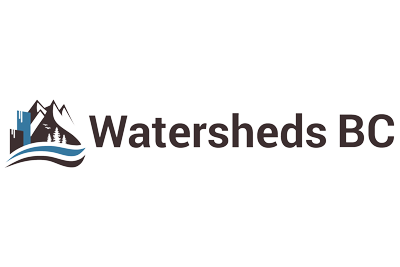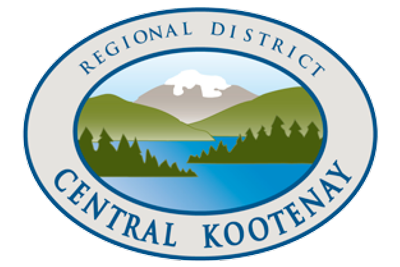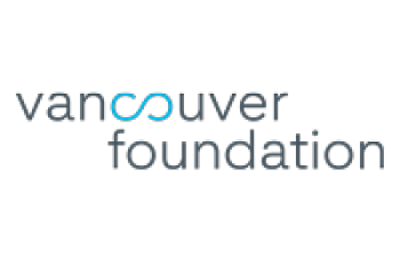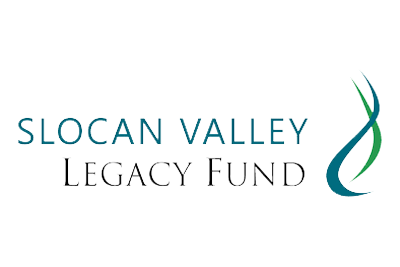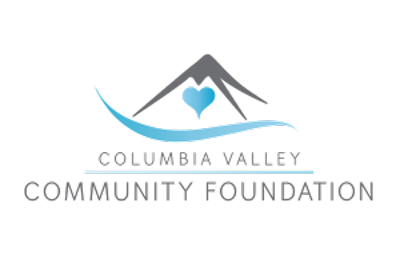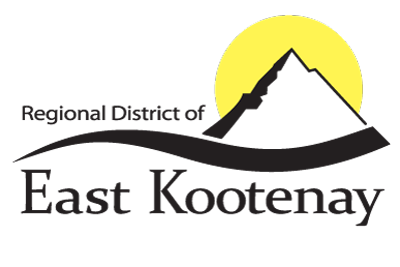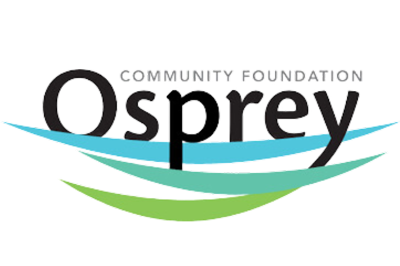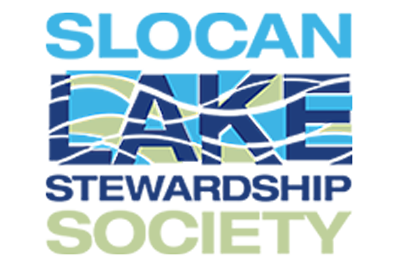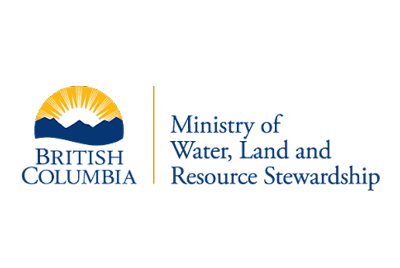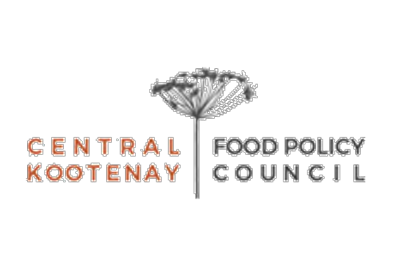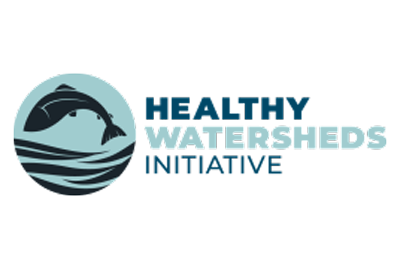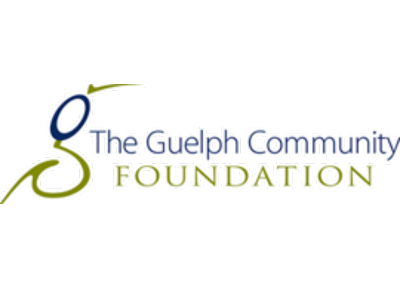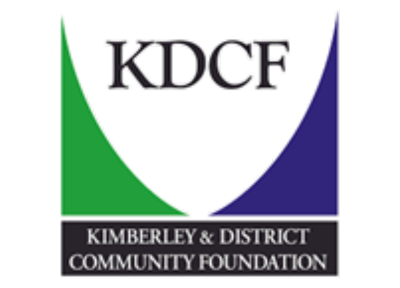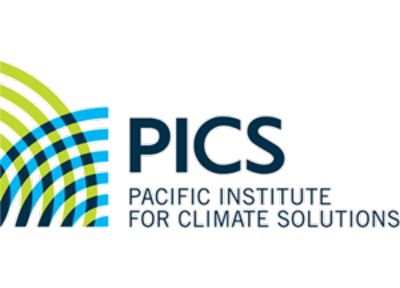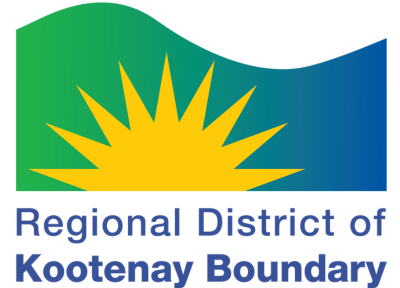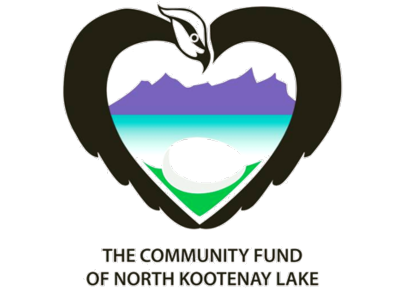PROGRAM GOAL
The Columbia Basin Water Monitoring Framework (CBWMF) is a coordinated monitoring network that supports the tracking of the effects of climate change and other impacts on water supply for communities and ecosystems. The data collected is made available to inform strategies for adaptive watershed management and freshwater stewardship in the Columbia Basin.
This program's data is oublicly available on the Columbia Basin Water Hub.
RECENT UPDATES
Wildfire Suppression in Rural BC fuelled by proactive Water Mapping
One month prior to the Argenta Creek wildfire, Living Lakes Canada published a timely resource in collaboration with the Argenta Safety and Preparedness Society. Water Resources for Wildfire Suppression provides comprehensive digital maps identifying all available water sources in the Argenta and Johnsons Landing region of interior BC.
In the second issue in our Watershed Bulletin series, discover how local knowledge was compiled, digitized and transformed into interactive maps to help crews quickly orient themselves and gain situational awareness at critical times, and how it was applied during the recent Argenta Creek wildfire. View the flipbook above, open it in a new tab or download as a PDF.
Living Lakes Canada featured on The Headwaters podcast
In the newly released season of The Headwaters podcast, Episode #22 - Finding Freshwater delves into the people working to understand water in the B.C. Columbia Basin. This episode features insights from Living Lakes Canada’s Kat Hartwig, Paige Thurston and Carol Luttmer as they explore how we’re monitoring water across the Basin and how our freshwater sources are affected by climate change. Listen to the episode on YouTube, Spotify, Apple Music, or wherever you get your podcasts.
The Headwaters podcast is produced by Kootenay Mountain Culture Productions and sponsored by Columbia Basin Trust.
CURRENT NETWORK STATUS
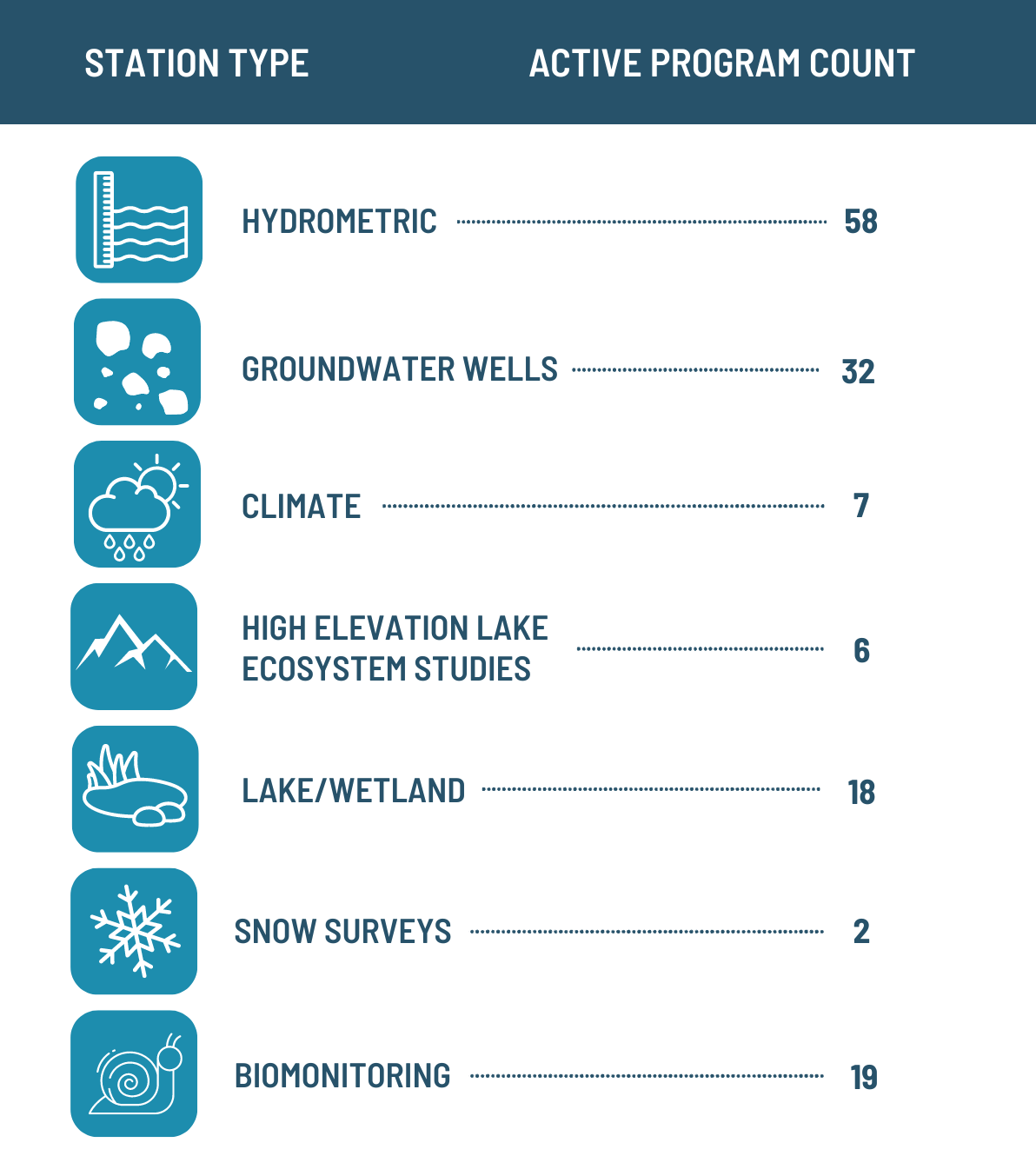
OVERVIEW
Climate change is a critical issue impacting water management in the Columbia River Basin. Climate impacts have already had devastating consequences on this region, including home losses, damaged infrastructure, drought, intensifying water restrictions, and low water levels in streams, lakes, wetlands and aquifers.
Existing water monitoring networks are insufficient to track and understand climate impacts on water. The Columbia Basin Water Monitoring Framework is a unified monitoring framework that will help inform local water budgeting needs and climate adaptation options for communities.
Using an innovative methodology developed by senior hydrologists and climate change and ecosystem experts, Living Lakes Canada piloted this project in 2022 within three areas in the Canadian Columbia Basin. We expanded the project into two new areas in 2023, for a total of five operational areas covering 25,000 square kilometres. The long term goal is to scale and expand this model across the entire Basin region and as a template for other regions as well. 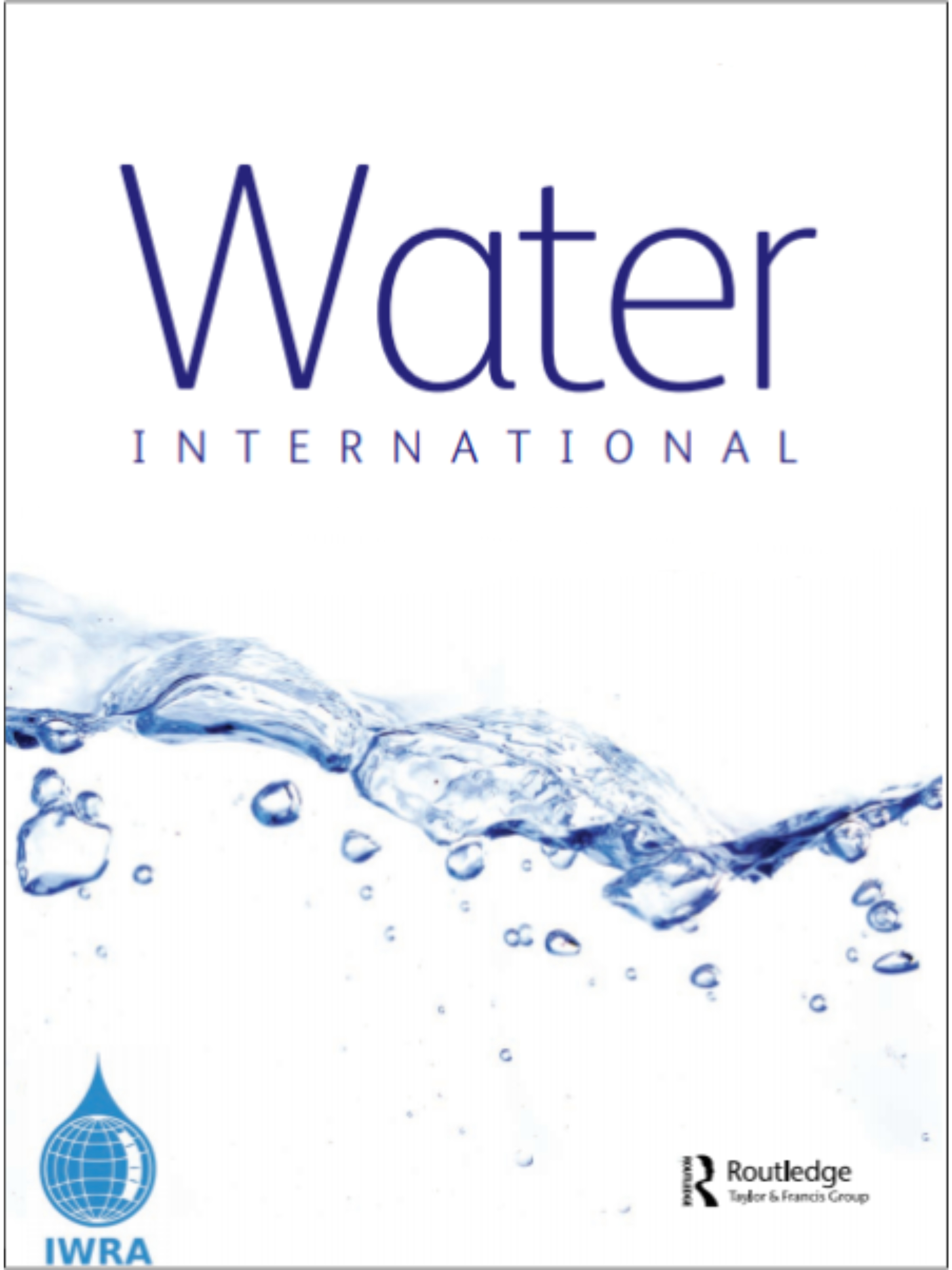
In a special issue of the peer-reviewed Water International journal focused on water governance, CBWMF was selected as a featured case study. The article details the CBWMF’s pioneering approach, which emphasizes stakeholders engagement and prioritizes monitoring based on scientific and community criteria, as a localized solution for water management challenges. Read this open-access publication here.
BACKGROUND
The critical issues of water resource management amid climate change impacts in the Upper Columbia Basin have been identified in a series of reports from the Pacific Climate Impacts Consortium (PCIC) dating back to 2006. These reports highlighted the requirement to increase monitoring and research to more appropriately understand climate impacts, while developing a collective, large-scale effort to prepare communities and industry for change.
- Preliminary Analysis of Climate Variability and Change in the Canadian Columbia River Basin: Focus on Water Resources (PCIC, 2006)
- Climate Extremes in the Canadian Columbia Basin: A Preliminary Assessment (PCIC, 2013)
- Water Monitoring and Climate in the Upper Columbia Basin, Summary of Current Status and Opportunities (CBT, 2017)
Living Lakes Canada began implementing report recommendations in 2017 by holding a conference that brought together 120 water data experts to discuss what a water monitoring framework and an accompanying open source water data hub would look like for the Canadian Columbia Basin. Living Lakes Canada then led the collaborative multi-year development process, involving volunteer and paid steering committee members, various agencies, industry, academia, First Nations and community organizations, and in 2021, launched the Columbia Basin Water Hub, which serves as a central platform to access water data in the region.
The groundwork for a monitoring framework was established when Living Lakes Canada convened a meeting of senior hydrologists from government, consulting agencies, and academia, who reached consensus that a water balance approach was needed to fill the water data gaps in the Columbia Basin. Guided by the meeting outcomes, Living Lakes Canada contracted local experts to develop the Priority Monitoring Matrix methodology in 2021, outlined in the Terms of Reference document:
PRIORITY MONITORING METHODOLOGY
In accordance with the methodology, Local Reference Groups with broad cross-sector engagement are established in each Hydrologic Region (this two-page Local Reference Group Backgrounder provides a detailed overview). Through a multi-faceted public engagement approach (online workshops, online interactive maps and surveys, one-on-one consultations and in-person meetings), Local Reference Group participants identify key community concerns and priorities. Geospatial data gap analysis is also completed to identify priority areas for monitoring from a scientific perspective. The Local Reference Group feedback and scientific results are combined to build a Priority Monitoring Matrix to guide selection of watersheds to monitor. Given limited resources but substantive monitoring needs, the Priority Monitoring Matrix methodology ensures that site selection and monitoring address both community and scientific priorities in a nested, cost-effective manner.

2022 PILOT IMPLEMENTATION
In 2022, we piloted this innovative approach to water monitoring in three areas (see the Pilot Report here):
- Mid-Columbia Kootenay - map (North Kootenay Lake/Slocan Valley in the West Kootenay)
- Columbia-Kootenay Headwaters - map (Columbia Valley in the East Kootenay)
- Elk River Valley - map (in the East Kootenay - in partnership with the Elk River Alliance)
A data gap analysis was completed in the pilot regions in Spring 2022, followed by broad cross-sector engagement with Local Reference Groups to capture community priorities and concerns. Once the priority monitoring sites were selected based on this extensive public engagement and scientific analysis, equipment installation began in July 2022.
Preliminary data from the pilot project is now available on the Columbia Basin Water Hub. The data can be used by community members, researchers, the private sector and all levels of government to inform water management and stewardship decisions.
2023 Pilot Area Data Summaries:
- CBWMF Pilot Year Data Summary for Columbia-Kootenay Headwaters Hydrologic Region
- CBWMF Pilot Year Data Summary for Mid-Columbia Kootenay Hydrologic Region
2022 Data Gap Analysis
2023 EXPANSION
In 2023, we expanded this project into two new areas in the Canadian Columbia Basin: the Upper Kootenay and Lower Columbia-Kootenay Hydrologic Regions. Public engagement was conducted in early 2023 to capture community water concerns and priorities. This feedback was integrated with scientific criteria to inform hydroclimatic site selection.
Monitoring in the new areas was initiated in Fall 2023, with additional sites planned for 2024.
2023 Community Engagement for Project Expansion:
- Lower Columbia-Kootenay Local Reference Group: 2023 Engagement Report
- Upper Kootenay Local Reference Group: 2023 Engagement Report
2023 Data Gap Analysis:
SCALING UP FOR THE FUTURE
The full implementation of the Framework will see the program delivered in all 10 hydrologic regions of the Upper Canadian Columbia Basin over 10 years.
In June 2020, a University of British Columbia study was published, Detecting the Effects of Sustained Glacier Wastage on Streamflow in Variably Glacierized Catchments, suggesting the glacier-melt contributions to August runoff have already passed peak water in the Canadian Columbia Basin. The analysis indicates that there is a clear declining trend, which can have implications for streamflow forecasting and summer water temperature response during hot, dry weather (see the BC Drought Map) for current conditions.
The increased frequency of extreme events and the projected decreases in low flows both suggest urgency for a more comprehensive monitoring network of this kind to be implemented in order to understand the hydrological and water quality changes, and to mitigate and adapt to the growing risks of changes in flow regimes.
By developing the Columbia Basin Water Monitoring Framework as a template that can be used in the regions across Canada, Living Lakes Canada aims to support communities across Canada in adapting to the impacts of climate change on water supply, ensuring long-term food security, ecosystem health, community safety and economic vitality. The data generated will inform decision making around water quality and quantity on a national scale.

CONTACT
If you are interested in learning more and collaborating on this project, please email us at CBWMF@livinglakescanada.ca.
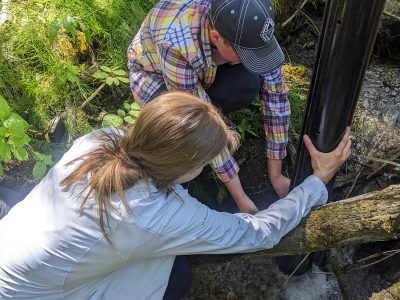
News and Updates
Kootenay water mapping project saves time for B.C. firefighters – CBC News, Sept 8 2024
Daybreak South with Chris Walker – Sept 6, 2024: A new mapping tool developed in the Kootenays is changing how firefighters find water in remote communities – CBC Listen, Sept 6 2024
Living Lakes Canada named finalist in 2024 Land Awards for Freshwater Science – Living Lakes Canada, May 9 2024
Canadian water innovation featured in renowned international journal – Living Lakes Canada, May 3 2024
An Exploration of Apex Creek: Capturing Hydrometric Monitoring in the Canadian Columbia Basin – Living Lakes Canada, Mar 19 2024
Snowpack means B.C. must prepare for record drought this summer – Watershed Watch Salmon Society, Jan 12 2024
For a complete list of news features, visit our In The News page!
Resources
- Watershed Bulletin: Wildfire Suppression in Rural BC fuelled by proactive Water Mapping
- Water security through community-directed monitoring in the Canadian Columbia Basin: democratizing watershed data
- Case Study: Delphine Creek and Kindersley Creek Watersheds
- Addendum: Gap Analysis for Areas of Interest - CBWMF Expansion 2023
- Poster: Columbia Mountains Institute of Applied Ecology Researchers’ Forum 2023
- Columbia Basin Water Monitoring Framework: Pilot Implementation Report 2022
- Geospatial Analysis for the Pilot Priority Matrix Technical Report
- Columbia Basin Water Monitoring Framework Executive Summary (two-pager)
- Expanding Water Monitoring in the Canadian Columbia Basin Backgrounder - Lower Columbia-Kootenay Local Reference Group
- Expanding Water Monitoring in the Canadian Columbia Basin Backgrounder - Upper Kootenay Local Reference Group
- Local Reference Groups Backgrounder (two-pager)
- Developing a Priority Monitoring Matrix (Steps for Pilot Implementation: Terms of Reference)
- Developing a Priority Monitoring Matrix (Budget Estimates)
- Senior Hydrologists Workshop Proceedings (2020)
- Open Source Data Dialogue Conference Summary (2017)




